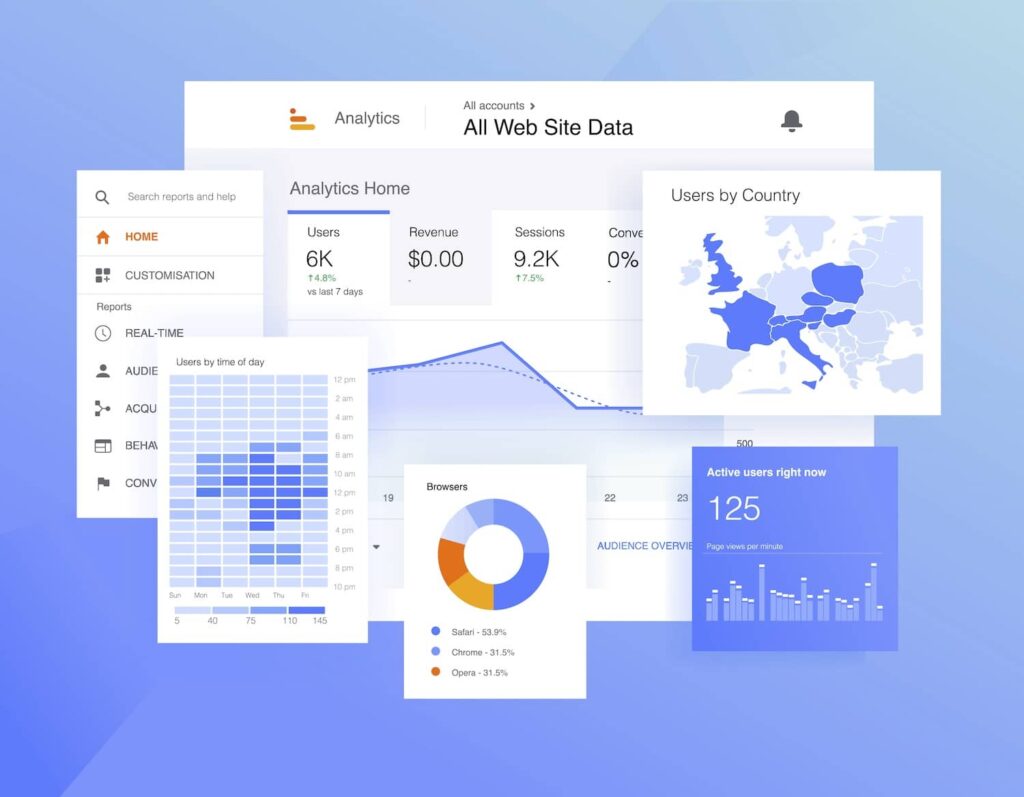The Duty of Secondary Dimensions in Google Analytics: Meaning and Insights for Advanced Data Evaluation
The Duty of Secondary Dimensions in Google Analytics: Meaning and Insights for Advanced Data Evaluation
Blog Article
Introducing the Impact of Additional Measurement in Google Analytics on Data Evaluation and Insights
In the world of data analytics, the application of secondary measurements within Google Analytics has emerged as an essential tool for drawing out deeper understandings and unraveling complex patterns that might or else continue to be covered. By peeling back the layers of main information collections, additional dimensions offer a nuanced point of view that enhances the understanding of individual habits, site performance, and the effectiveness of marketing strategies.
Discovering the Idea of Secondary Dimensions
Secondary dimensions in Google Analytics supply added insights by permitting customers to assess primary information along with a second feature. This attribute allows a more detailed understanding of the primary data by including one more layer of info for analysis. By including second measurements, individuals can dive deeper into the information and discover beneficial relationships that may otherwise go unnoticed. For example, by pairing the primary data of web site web traffic with secondary dimensions like demographics or actions, marketing experts can gain an extra thorough sight of their target market and customize their techniques appropriately.
Understanding the principle of secondary measurements is vital for maximizing the possibility of Google Analytics. It allows customers to section data efficiently, recognize patterns, and make educated decisions based on a much more complete image of their analytics information. By discovering the different additional measurements available in Google Analytics, customers can unlock brand-new understandings and maximize their electronic advertising and marketing efforts. Fundamentally, second measurements offer as an effective device for boosting information evaluation and driving workable outcomes.
Enhancing Data Interpretation With Additional Measurements
Having actually developed the foundational understanding of second measurements in Google Analytics and their crucial duty in information evaluation, the emphasis currently moves towards leveraging these additional credit to boost the interpretation of analytics data (what is a secondary dimension in google analytics). By including secondary measurements right into data analysis, analysts can get deeper insights right into customer habits, internet site efficiency, and advertising efficiency

Moreover, secondary measurements assist in contextualizing primary information metrics by providing added layers of details. This contextualization help in comprehending the 'why' behind the information patterns, helping experts make notified decisions and optimizations to improve overall efficiency. Eventually, integrating secondary dimensions enriches the information interpretation procedure, bring about even more calculated activities and purposeful understandings.
Revealing Hidden Insights With Secondary Measurements
Exploring the depths of analytics information with second measurements discloses beneficial understandings that would certainly or else stay covered. By including additional measurements in Google Analytics, services can unearth hidden patterns, trends, and relationships that give an even more detailed understanding of individual actions and internet site efficiency. These extra layers of information enable experts to dive deeper into the primary dimensions, read here such as traffic sources or landing pages, and get a more nuanced point of view on just how various variables connect with each various other.
With making use of second dimensions, experts can sector and contrast data throughout various measurements, enabling them to recognize certain factors that affect customer engagement, conversion prices, and general success metrics. For instance, by pairing the key dimension of 'device category' with the secondary measurement of 'age,' marketing professionals can determine which age demographics like accessing the site via mobile tools versus desktops. This level of granularity encourages services to make data-driven choices and maximize their techniques for far better outcomes. Eventually, discovering hidden insights with additional dimensions boosts the depth and accuracy of data analysis, leading to even more informed decision-making and enhanced performance outcomes.
Leveraging Secondary Dimensions for Actionable Analytics
Building upon the insights introduced through additional measurements in Google Analytics, organizations can now harness this enriched data landscape to drive workable analytics and strategic decision-making. By leveraging secondary dimensions, organizations can dive much deeper into their data to remove beneficial patterns, fads, and connections that might have formerly gone undetected. This much deeper degree of analysis allows services to gain an extra thorough understanding of individual habits, campaign efficiency, and overall internet site performance.
One key benefit of making use of additional measurements for workable analytics is the capability to sector information based on specific standards. This division allows services to tailor their projects and methods to different audience teams, bring about a lot more targeted and efficient advertising initiatives - what is a secondary dimension in google analytics. In addition, second measurements give a more alternative sight of individual interactions, enabling companies to optimize their website content, style, and overall customer experience
Taking Full Advantage Of Decision-Making With Secondary Dimensions
To boost tactical decision-making in analytics, leveraging secondary dimensions in Google Analytics can offer an extra nuanced point of view on individual actions and campaign efficiency. By integrating second measurements into information evaluation, organizations can delve much deeper into the specifics of their site site visitors' interactions and engagement patterns. This extra layer of details enables a much more extensive understanding of how different variables, such as demographics, gadgets, or website traffic sources, impact crucial performance indicators.

Final Thought
Finally, using second measurements in Google Analytics plays a critical function in improving information analysis and revealing hidden understandings. By discovering this principle, one can gain a deeper understanding of customer actions and make educated decisions based on workable analytics. Leveraging additional dimensions enables for a much more extensive analysis of information and maximizes the effectiveness of decision-making processes.

Report this page